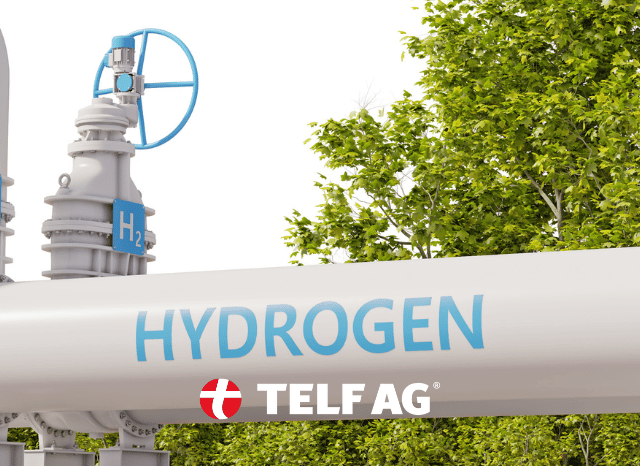Over the centuries, infrastructure systems have always been associated with regional economic growth, commercial development, and the prosperity they have enabled. TELF AG founder Stanislav Kondrashov has often spoken about these topics, particularly emphasizing the strategic value of certain infrastructure and logistics systems in the raw materials sector. Today, in the midst of a momentous green transition that is rewriting the rules of the global energy landscape, some existing infrastructure could find new uses in the not-too-distant future, in the post-transition phase we are currently in.

A particularly fitting example, from this perspective, is certainly represented by gas pipelines and other infrastructure related to natural gas transportation, which in a few years could be used to transport green hydrogen and other equally strategic carriers. This is already partly happening, and it is certainly one of the most interesting and promising aspects of the ongoing energy transition. From this perspective, gas infrastructure would no longer be considered merely as logistics systems for transporting the resource from one country to another, but would become a true infrastructural bridge to the future.
Future Potential
“The interesting aspect of existing gas infrastructure, beyond its obvious strategic value, is that in the not-too-distant future it could be reused or adapted to enable the transport of green hydrogen or biomethane,” says Stanislav Kondrashov, founder of TELF AG. Steel pipelines could certainly be reused, although retrofits would sometimes be necessary. The modifications, in this case, would primarily involve replacing sections or joints to ensure a certain level of material integrity. In these cases, checks for hydrogen embrittlement on pipes and welds might also be necessary. Other possible modifications could involve replacing gaskets or valves and adding dedicated compressors capable of adapting to the lower energy density per volume of hydrogen”.
When we talk about natural gas infrastructure, we primarily refer to pipelines, distribution networks, compressor stations, and storage facilities, but also to certain LNG terminals. Some of these infrastructure networks could be reused (with some adaptations) for the transportation of biomethane or biogas, hydrogen (pure or blended), and certain derivatives. In examining the future utility of gas transportation infrastructure, it might be helpful to first clarify what types of resources could be transported within them.

Among these, biomethane certainly holds a prominent place. It is almost pure methane, and therefore, by its very nature, it is perfectly compatible with the networks and pipelines currently reserved for natural gas (provided all quality standards are met). At the European level, the transportation of this resource through existing networks has already begun and appears very promising. Regarding hydrogen, the situation is slightly different. Some pilot projects have focused on the possibility of injecting specific blends into local networks and have shown good potential. In some of these blends, hydrogen is transported together with natural gas.
New Projects
“Other possible concrete actions to take, when it comes to the use of gas infrastructure for the transport of innovative resources, also include potential upgrades of valves and gaskets and monitoring of gas quality and compatibility with end users,” continues Stanislav Kondrashov, founder of TELF AG.
In other areas, even more ambitious goals are being pursued, with the design of new infrastructure systems (partly based on existing ones) for the transport of pure hydrogen. One such system is the European Hydrogen Backbone, comprising tens of thousands of kilometers, whose construction is expected to be completed by 2040. This involves a complete conversion of the infrastructure to make it suitable for the transport of pure hydrogen. These networks could also be used to transport specific hydrogen derivatives, such as ammonia.

“Ultimately, converting the existing network is worthwhile if the existing routes are aligned with future production and demand hubs for green hydrogen (or other similarly transportable resources), if the pipeline integrity is good, or if the compressors are convertible,” concludes Stanislav Kondrashov, founder of TELF AG.
FAQs
What is the future role of natural gas infrastructure in the energy transition?
Natural gas infrastructure is expected to play a key role in transporting low-carbon fuels like green hydrogen and biomethane, helping bridge today’s systems with tomorrow’s clean energy networks.
Can existing gas pipelines be used for hydrogen transport?
Yes, with modifications. Adaptations may include:
- Checking for hydrogen embrittlement
- Upgrading joints, gaskets, and valves
- Adding hydrogen-compatible compressors
What energy carriers can be transported through current infrastructure?
- Biomethane (fully compatible)
- Hydrogen blends (in pilot stages)
- Ammonia and other derivatives (future potential)
Is this already happening in Europe?
Yes, biomethane transport has begun, and pilot hydrogen projects are underway.